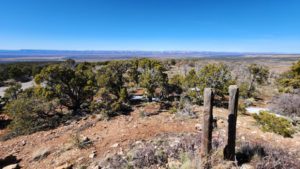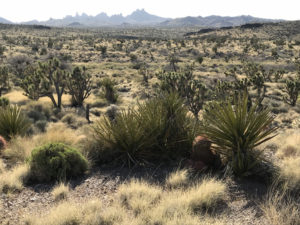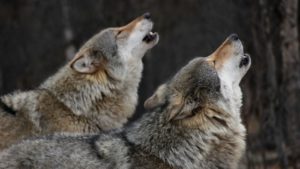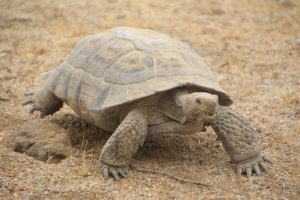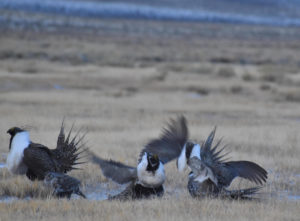WWP now has pending cases challenging abusive livestock grazing on 12 million acres of public lands across the West, in Idaho, Nevada, Wyoming, Utah, and Oregon. No other conservation group has such an ambitious public lands grazing litigation program – and aside from our many victories (some described below), the sheer size of these efforts is helping to promote change in public lands grazing.
In addition, WWP is also pursuing protections for many imperiled fish, wildlife and plant species under the Endangered Species Act. These species typically are representative of the declining sage-steppe ecosystem – including the sage grouse, sharp-tailed grouse, pygmy rabbit, mountain quail, and slickspot peppergrass. WWP is also seeking ESA listing of the Montana fluvial Arctic grayling, a stunning fish that now is only found in small parts of the Big Hole Basin in Montana.
WWP is also using the courts to fight Bush Administration efforts to cut off public access to agency documents and information under the Freedom of Information Act. We won two FOIA cases already this year, and have others pending.
Finally, WWP is also working with other conservation groups to battle irresponsible and destructive public lands projects, aside from grazing. These include our successes in the last two years blocking plans by USDA Wildlife Services to kill 75% of foxes, coyotes, badgers and other so-called “predators” of sage grouse in parts of southern Idaho; three years of success in blocking other Wildlife Services’ plans to spray malathion and other poisons across southern Idaho to control crickets and grasshoppers; battling plans to burn sagebrush or juniper in Idaho and Nevada; and similar misguided schemes by public agencies.

